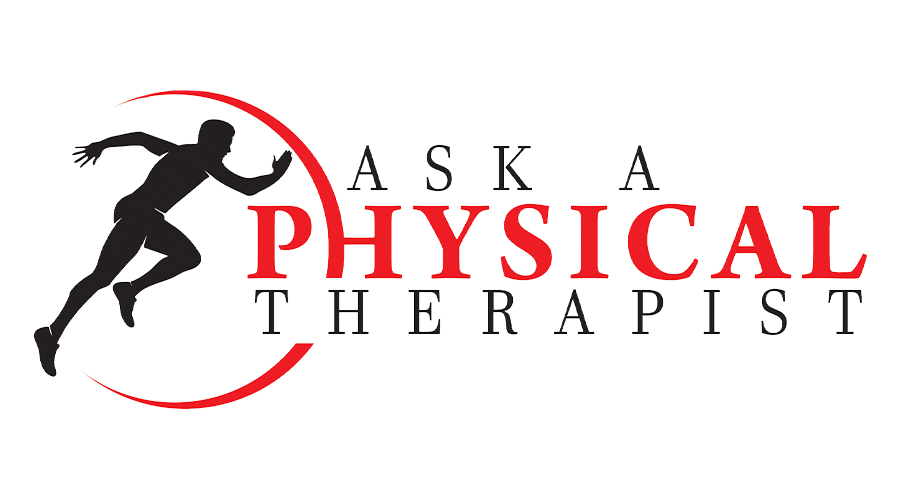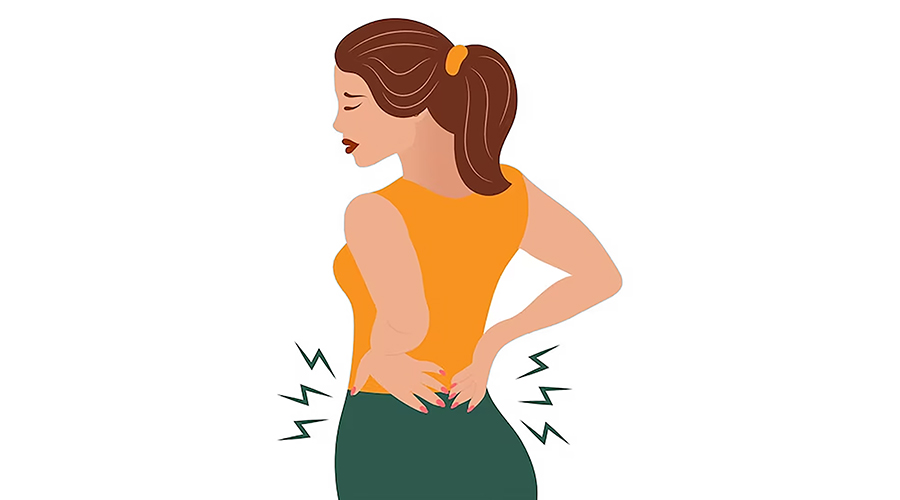ASK A PHYSICAL THERAPIST
- 04 May - 10 May, 2024

Q: Please guide me about Carpal Tunnel Syndrome. I was diagnosed CTP about a week ago.
A: Carpal tunnel syndrome (CTS) is an entrapment neuropathy caused by compression of the median nerve as it travels through the wrist's carpal tunnel. CTS is caused by repetitive movements, awkward postures, forceful exertions, vibration, or compression (pressing against hard surfaces).
Early symptoms of carpal tunnel syndrome include pain and numbness. Sensory changes and paresthesia can occur along the median nerve distribution in the hand. Pain also can radiate up the affected arm. It may radiate into the upper extremity, shoulder, and neck. With further progression, night pain, hand weakness, decreased fine motor coordination, decreased grip strength, clumsiness, reduced wrist mobility and thenar atrophy can occur. Many patients will report an improvement in symptoms following shaking or flicking of their hands. Patients with mild to moderate symptoms can be effectively treated in a primary care environment Make some modifications in your activities, take sufficient rest and variation of movements. Often simple obvious alterations to the working practice can be beneficial in controlling milder symptoms of CTS. Other modalities include ultrasound electromagnetic field therapy and splinting.
Q: Doctor I have severe tailbone pain. Please guide me.
A: Coccydynia is a condition in which a patient experiences tailbone pain. The pain is most commonly triggered in a sitting position, but may also occur when the individual changes from a sitting to a standing position. Most cases will resolve within a few weeks to months, however, for some patients the pain can become chronic, having negative impacts on quality of life. Although primarily a clinical diagnosis, dynamic radiographs can be used in diagnosis. Radiographs are usually taken if the pain persists for a duration that is greater than 8 weeks. The initial goal of treatment should be focused on providing postural education. Individuals are taught to correct their sitting posture by sitting more erectly on a firm chair. A proper sitting posture ensures weight is taken off the coccyx and is instead loaded onto the ischial tuberosities and the thighs. Patients should be advised to avoid any positions or movements that might exacerbate their symptoms. Physiotherapists may also recommend the use of cushions. Modified wedge-shaped cushions (coccygeal cushions), which can be purchased over the counter, help to relieve the pressure placed on the coccyx during sitting. Donut-shaped or circular cushions may also be used. The use of cushions can be recommended over a 6-8 weeks period. Techniques like massage, stretching, mobilization, manipulation, and modalities can also be used by a PT.

Q: am a 31-year-old male who had my shoulder dislocated after an accident. Please guide how can a physiotherapist help.
A: Traumatic shoulder dislocation is the most common large joint dislocation in the human body. As these injuries commonly occur in sports, it is typically a condition that affects a younger population. As a result, early intervention must be carried out to avoid chronic shoulder instability in the future for patients. There are two types of traumatic dislocation, the anterior being the most common with up to 97% of cases. Posterior dislocations are rare and account for 3% which can be most complex given that there is usually an associated injury to the rotator cuff muscles as well. Patients can also have non-traumatic shoulder dislocations where repeated shoulder movements may gradually stretch out the soft tissue cover around the joint (the joint capsule). This can happen with athletes such as throwers and swimmers. Following capsular stretching, the rotator cuff muscles can become weak, affecting how the muscles around the shoulder interact with each other and, in turn, leading to an imbalance of the shoulder. As traumatic anterior dislocation is the most common, this will be the focus of the following information. A traumatic anterior shoulder dislocation is a very distributive injury and severe pain is felt in the upper arm, axilla region, and shoulder joint region. Normally the arm will be held into medial rotation (across your body) as any movement away from the body evokes more pain. There will be a visible change of shoulder position, often with it being held forward. The rehabilitation plan includes Phase 1 (up to 6 weeks) – the goal is to maintain anterior-inferior stability and ensure a safe progressive range of movement. Early isometric exercises are introduced. Pain should not exceed 3/10 on your self-perceived pain scale whilst completing this exercise program. The second phase focuses on early strength training, especially the external rotation. The third or the advanced phase includes more challenging exercises, weights, and functional movements. As part of a comprehensive treatment approach, your musculoskeletal physiotherapist may also use a variety of other pain-relieving treatments to support symptom relief and recovery. Whilst recovering you might benefit from further assessment to ensure you are making progress and establish appropriate progression of treatment. Ongoing support and advice will allow you to self-manage and prevent future re-occurrence.
COMMENTS